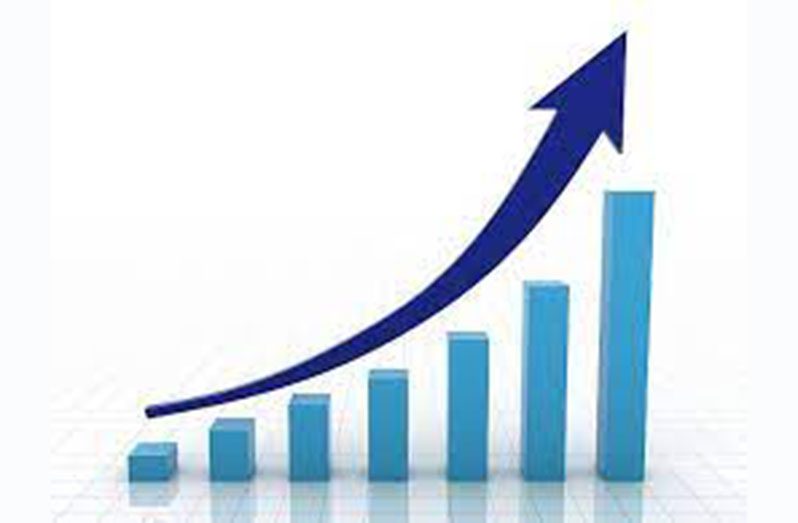–country to continue growing exponentially as economic advancement slows across the region, according to ECLAC
GUYANA remains on course to growing significantly next year and beyond, despite the slowdown in economic advancement expected across the region.
In its annual report, Preliminary Overview of the Economies of Latin America and the Caribbean, the United Nations Economic Commission for Latin America and the Caribbean (ECLAC) projects that regional growth next year will be a third of the rate forecast for 2022.
“All the sub-regions will post lower growth in 2023: South America is set to grow by 1.0 per cent (3.7 per cent in 2022); the group comprising Central America and Mexico by 1.6 per cent (3.3 per cent in 2022); and the Caribbean (excluding Guyana) by 3.3 per cent (4.5 per cent in 2022).
“With these growth estimates for 2022 and 2023, the region would complete the decade 2014–2023 with average growth of 0.9 per cent, which is below, less than half, in fact, even that of the “lost decade” of the 1980s during the external debt crisis,” the Commission said.
The International Monetary Fund (IMF), in October, said Guyana continues to rank among the countries worldwide with the fastest rate of economic growth, as the country is on course to growing 57.8 per cent this year.
Driven by continued progress in the oil and gas sector, and enhanced productivity in other productive sectors, Guyana is well set to record significant growth this year and beyond.
Specifically, in addition to the massive level of growth projected for this year, the country which sits on the edge of South America, is set to grow 25.2 per cent next year.
Regarding Guyana, the IMF, in a recent report, said increasing oil production could help transform the economy, address development needs, and build substantial buffers to absorb shocks.
Oil production is expected to increase significantly with the coming on stream of two large oilfields during 2023–2026. And, as it is now, Guyana’s commercially recoverable petroleum reserves are the third largest in Latin America and the Caribbean, and one of the highest levels of oil reserves per capita in the world.
The IMF said: “This could help Guyana build up substantial fiscal and external buffers to absorb shocks while addressing infrastructure gaps and human development needs.”
This is expected at a time when ECLAC is reporting that after the dynamism seen in the first half of 2022, the region’s economic activity has slowed, reflecting, on the one hand, an end to the rebound effect on the recovery from 2021, and on the other, the effects of restrictive monetary policies, greater limitations on fiscal spending, lower levels of consumption and investment, and the deterioration of the external context.
One aspect that the report highlights is that the changes seen in the trajectory of regional inflation in the second half of 2022, coupled with the deceleration in economic activity that is expected to continue next year, will reduce the pressure on monetary authorities in Latin America and the Caribbean to continue raising monetary policy rates.
ECLAC indicates that the current situation poses challenges for macroeconomic management.
“On fiscal matters, officials must avoid premature spending adjustments and expand fiscal space by reducing evasion and avoidance, reviewing tax expenditures, carrying out reforms to increase tax collection and the tax structure’s progressivity, and with multilateral support via the mobilization of global liquidity. It is also necessary to make progress on improving the efficiency and effectiveness of public spending to enhance fiscal policy.
“In the monetary-financial realm, it is important to diversify the toolbox for facing the current scenario. Along with the monetary policy rate, officials should use macro-prudential and regulatory instruments that would help manage aggregate demand, minimizing the effects on growth and investment,” ECLAC said.




.jpg)










